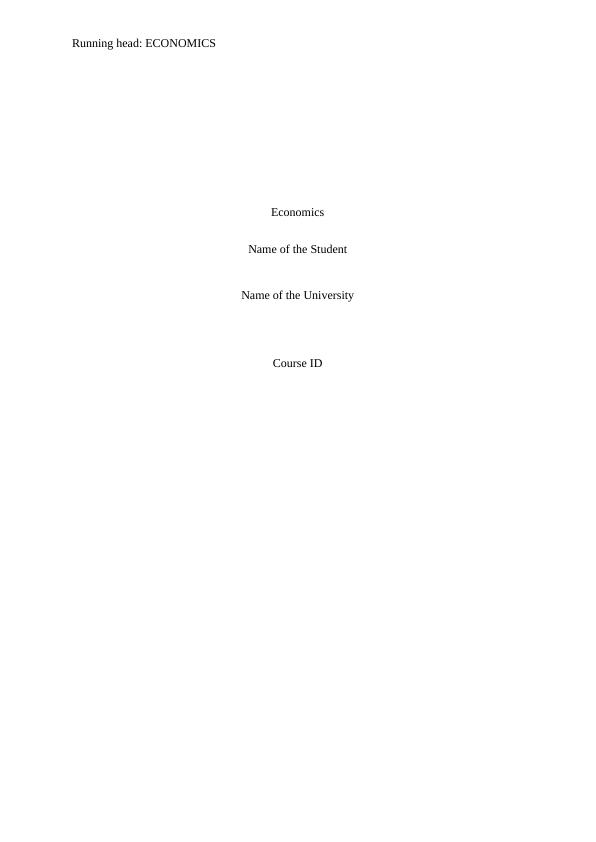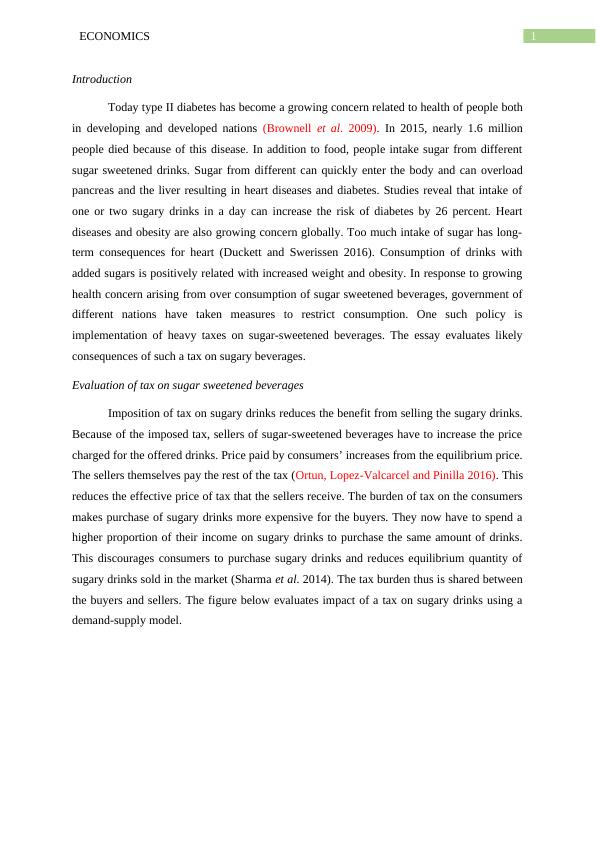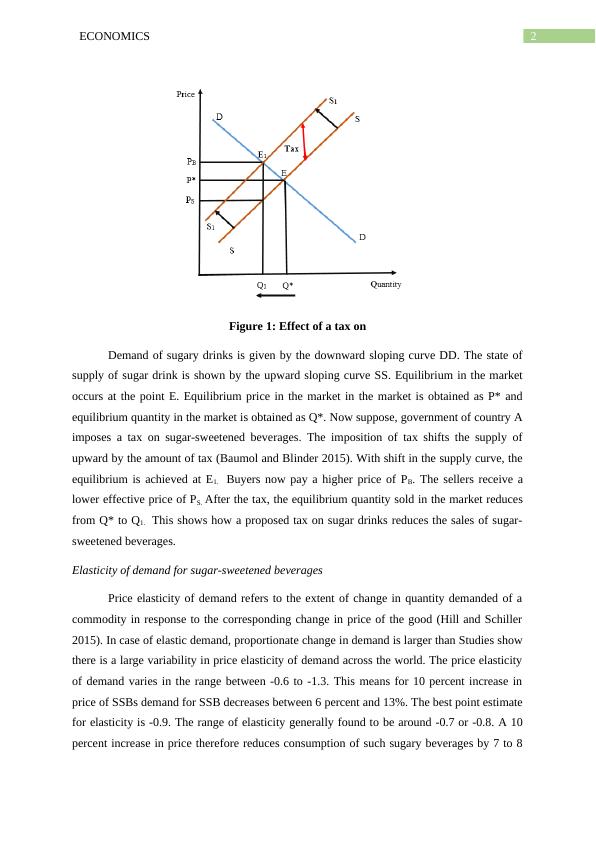Impact of Tax on Sugar Sweetened Beverages
This is an economics assignment that includes questions about the effects of a drought on the equilibrium price and quantity in the market for sugar and honey, as well as a table of costs for a pizza company.
9 Pages2278 Words185 Views
Added on 2023-04-21
About This Document
This essay evaluates the likely consequences of implementing a tax on sugary beverages and discusses alternative policies to reduce consumption. It also examines the effectiveness of such a tax in reducing consumption and the potential drawbacks. The essay concludes by discussing the importance of health awareness campaigns in promoting a healthier lifestyle.
Impact of Tax on Sugar Sweetened Beverages
This is an economics assignment that includes questions about the effects of a drought on the equilibrium price and quantity in the market for sugar and honey, as well as a table of costs for a pizza company.
Added on 2023-04-21
ShareRelated Documents
End of preview
Want to access all the pages? Upload your documents or become a member.
ECONOMIC ASSIGNMENT OF ECONOMIC PRINCIPLES AND ECONOMIC PRINCIPLES
|9
|1405
|56
Report on Economic Principle
|9
|1386
|69
Elasticity of Demand and Supply and Incidence of Taxation
|9
|1202
|162
Study on Principles of Economic
|10
|1719
|63
A Sugary Drink Tax INTRODUCTION QUESTION 1 DEFINITION AND CONCEPTS
|8
|1528
|220
Soda Tax | Question and Answer
|5
|394
|40



